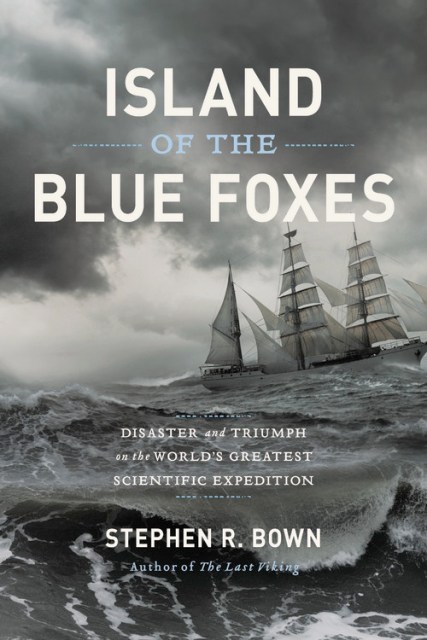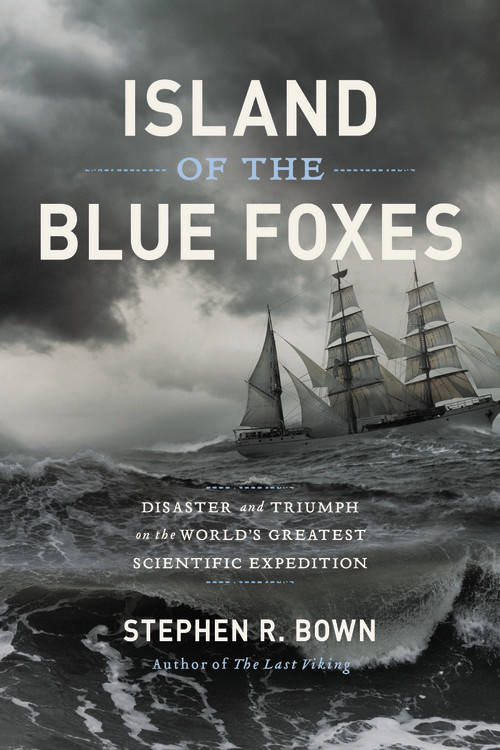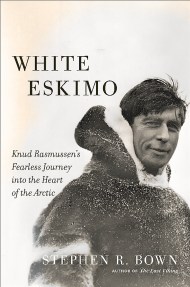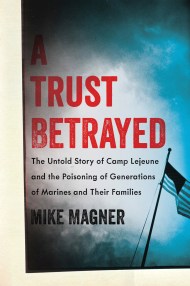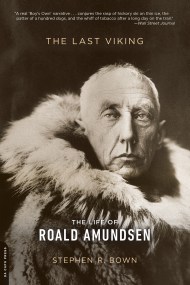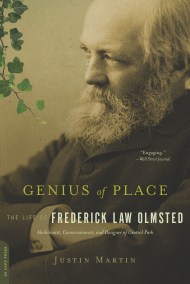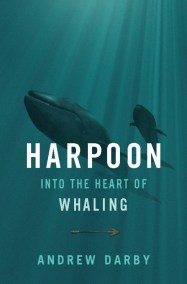Promotion
Use code MOM24 for 20% off site wide + free shipping over $45
Island of the Blue Foxes
Disaster and Triumph on the World's Greatest Scientific Expedition
Contributors
Formats and Prices
Price
$28.00Format
Format:
- Hardcover $28.00
- ebook $18.99
This item is a preorder. Your payment method will be charged immediately, and the product is expected to ship on or around November 7, 2017. This date is subject to change due to shipping delays beyond our control.
Also available from:
The immense 18th-century scientific journey, variously known as the Second Kamchatka Expedition or the Great Northern Expedition, from St. Petersburg across Siberia to the coast of North America, involved over 3,000 people and cost Peter the Great over one-sixth of his empire’s annual revenue. Until now recorded only in academic works, this 10-year venture, led by the legendary Danish captain Vitus Bering and including scientists, artists, mariners, soldiers, and laborers, discovered Alaska, opened the Pacific fur trade, and led to fame, shipwreck, and “one of the most tragic and ghastly trials of suffering in the annals of maritime and arctic history.
Genre:
- On Sale
- Nov 7, 2017
- Page Count
- 352 pages
- Publisher
- Da Capo Press
- ISBN-13
- 9780306825194
Newsletter Signup
By clicking ‘Sign Up,’ I acknowledge that I have read and agree to Hachette Book Group’s Privacy Policy and Terms of Use
